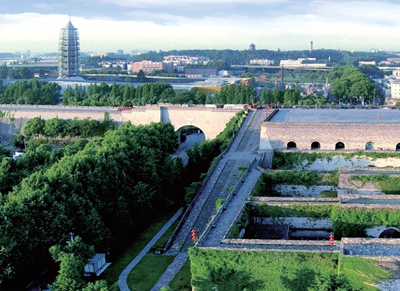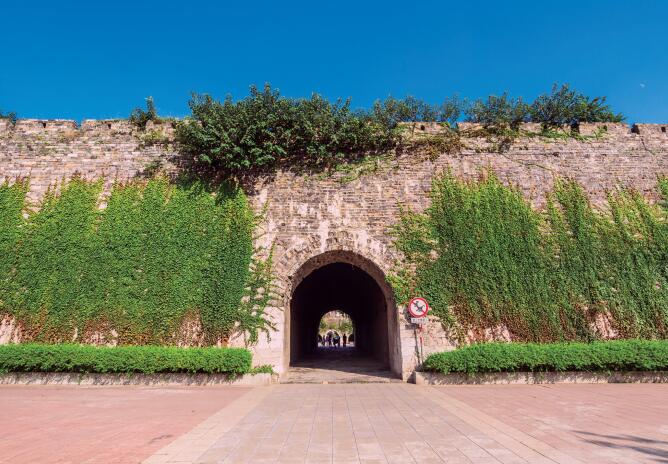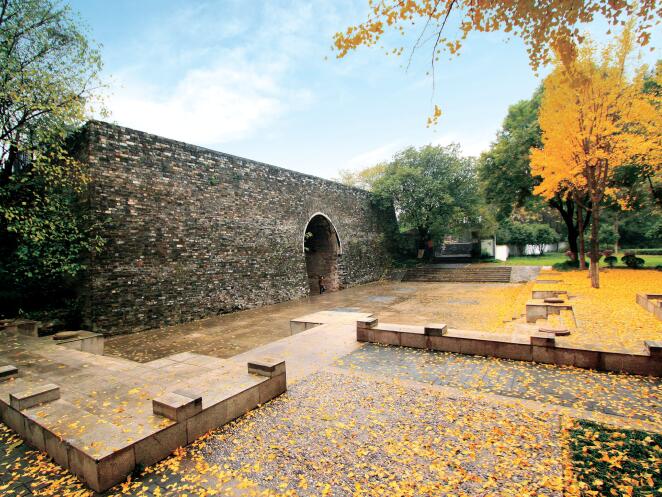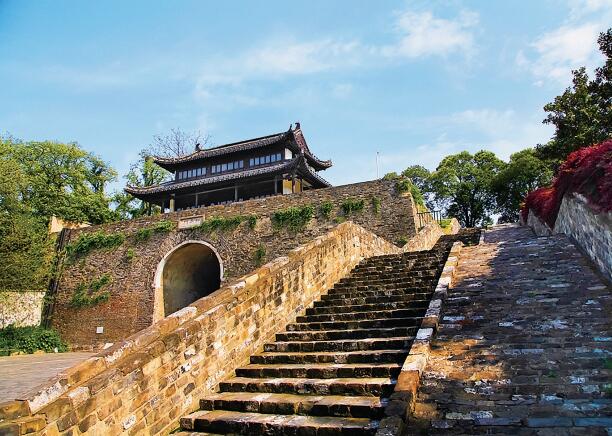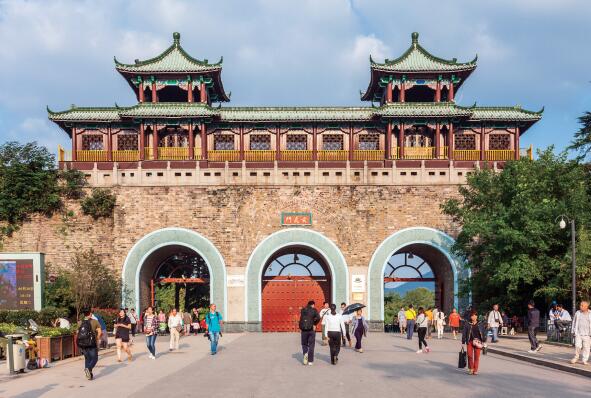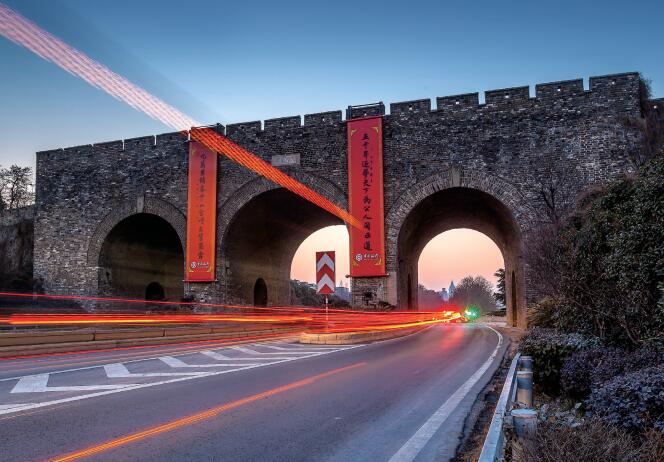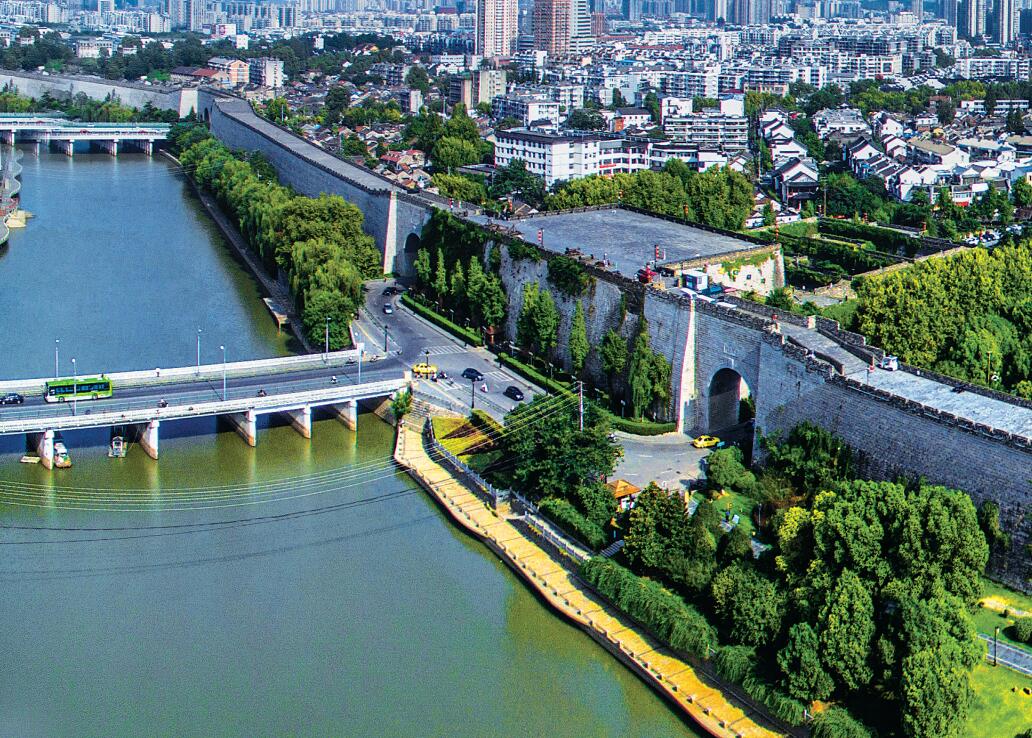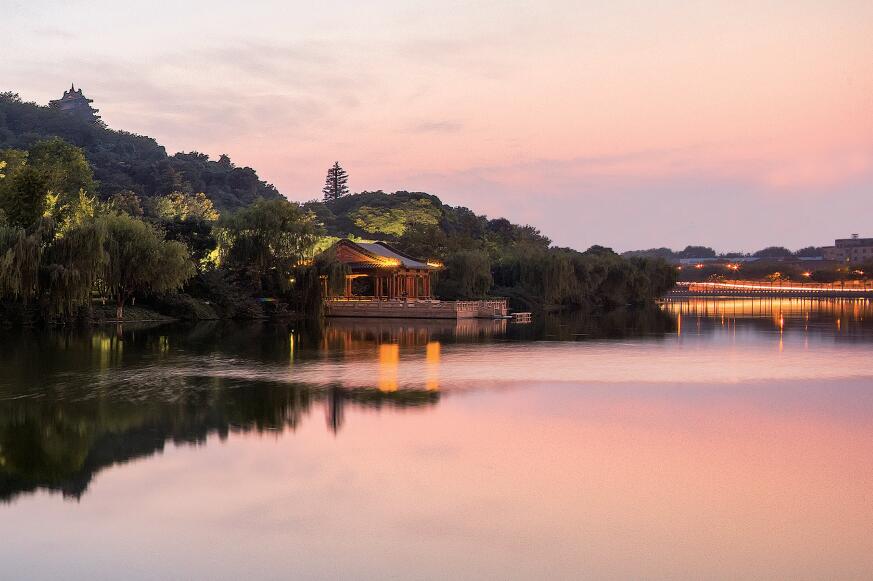EN
-
Welcome to Nanjing City Wall
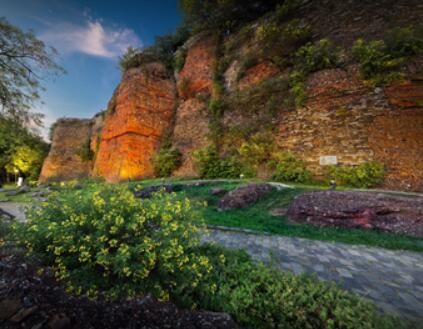 |
The Six Dynasties (222–589) , the capital of Dongwu was built in Stone City. |
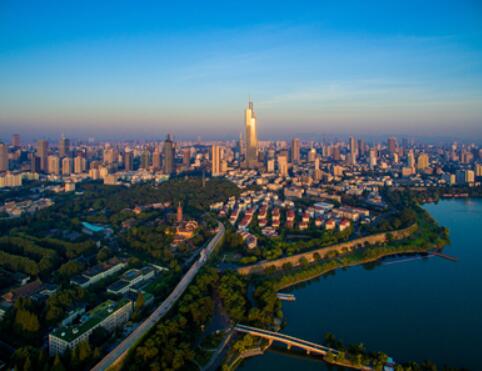 |
Ming Dynasty (1368-1644) Nanjing Ming City Wall was built from 1366 to 1393. |
 |
The Qing Dynasty (1644-1911) repaired the damaged walls and built more gates. |
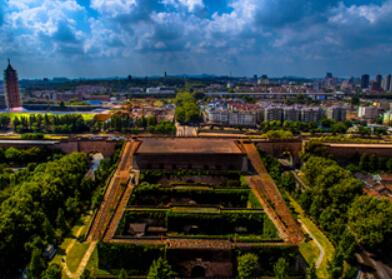 |
The Republic of China (1912-1949) caused damage to some of the city walls in 1937. |
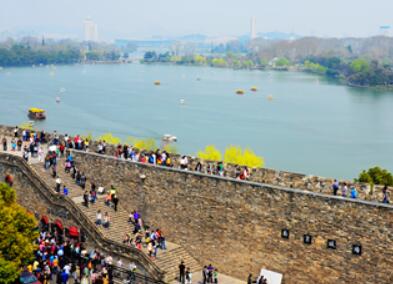 |
Contemporary (1949-present) Nanjing City Wall and Moat Section are effectively protected. |
